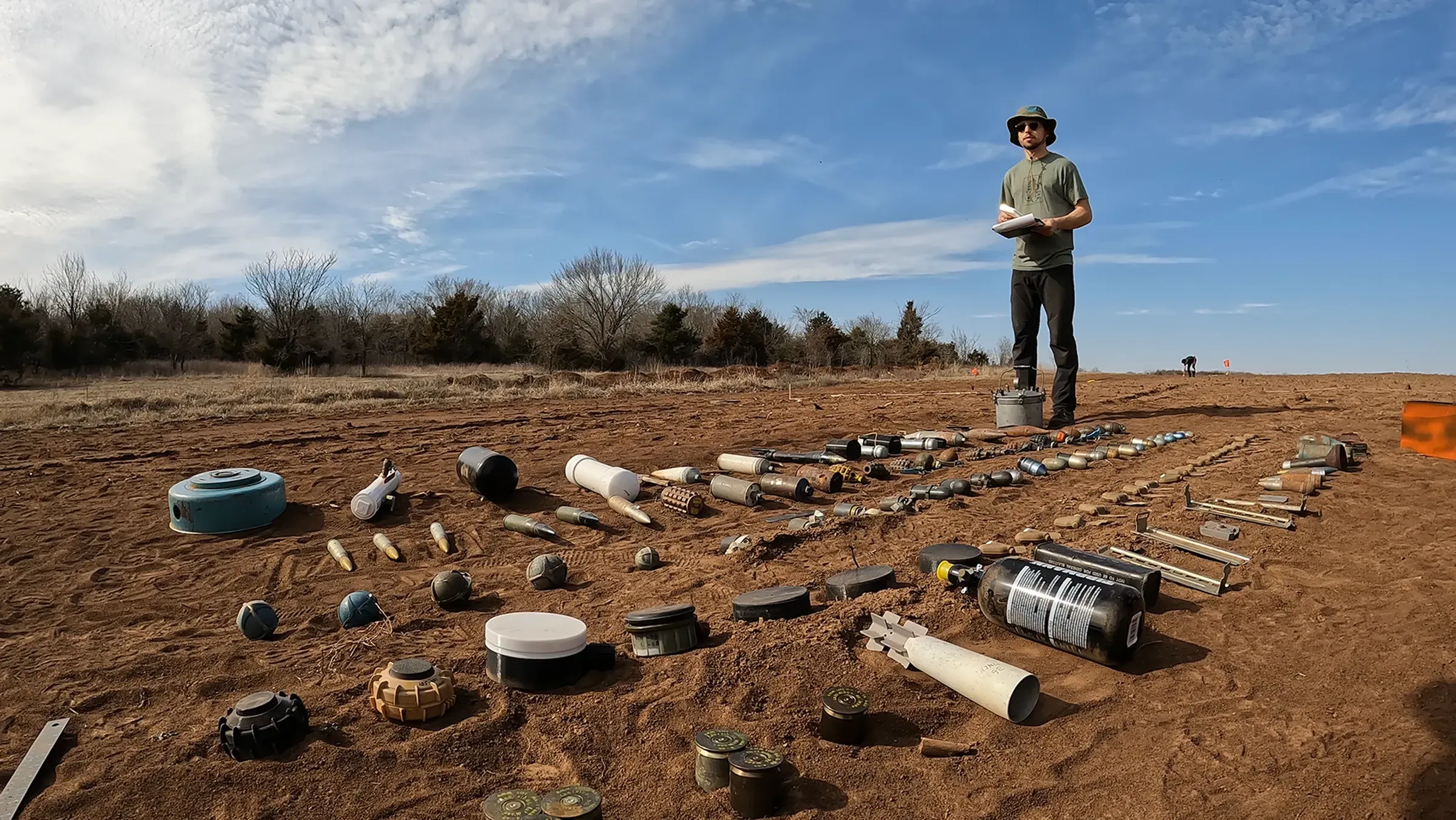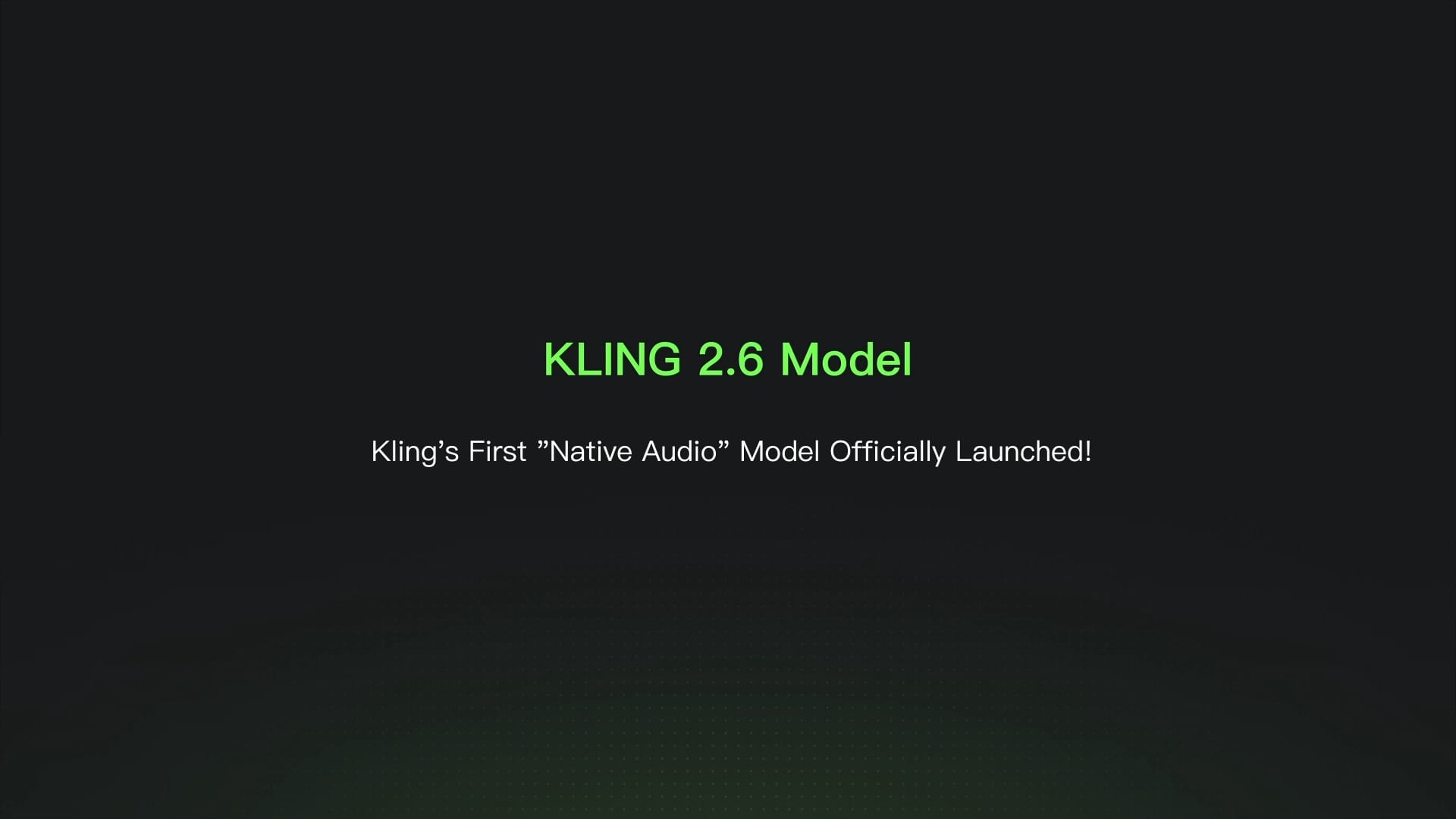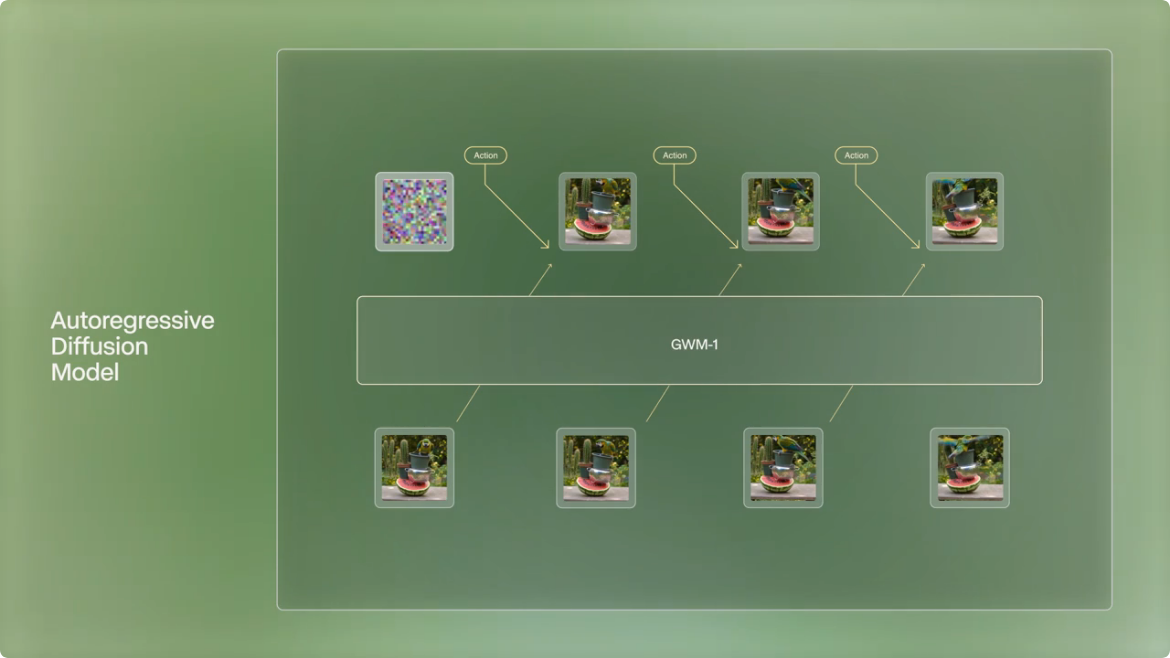According to the 2023 Landmine Monitor report, an estimated 60 countries were contaminated with unexploded remnants of war as recently as 2023, and over 4,700 people were killed or wounded in 2022 due to explosive ordnance (EO). Moreover, the ongoing war between Russia and Ukraine has transformed the latter into the most contaminated country in the world, with an estimated third of its area suspected of containing EO.
While humanitarian organizations are actively working to clear Ukraine and other countries from the threat of unexploded ordnance, the progress tends to be slow and labor-intensive, usually characterized by a three-stage approach: first, a non-technical survey takes place to corroborate the suspected contaminated areas by speaking with local people. Then, a technical survey follows, where experts use metal detectors, trained dogs and other specialized methods to detect mines and other unexploded ordnance in a slow, risky process that inevitably leads to false positives. Finally, once all the explosives in the area are identified, a specialized team clears the artifacts out by destruction or disarming.
Three very general and pervasive issues are the amount of risk involved with walking through an area that is just about to be mapped for decontamination. The next one is that there are some artifacts, like the Russian-made PFM-1 or butterfly mine, which are mostly made of plastic, making the process of finding them with traditional methods even more complicated. The final one is the sheer size of the problem: even if drones could be leveraged to get imagery from the entire area of Ukraine suspected of contamination, roughly 170,000 square kilometers, it would take 500 million person-hours to go over the totality of the imagery. The motivation to tackle these issues led Jasper Baur and Gabriel Steinberg to found Safe Pro AI.
Safe Pro AI's approach to demining involves using commercial drones to capture aerial imagery of areas suspected of being contaminated. The imagery is then analyzed by the startup's machine learning models to detect and establish the location of the unexploded ordnance. A web application called SpotlightAI is at the core of Safe Pro AI's approach. Authorized users can log in and upload their imagery to kickstart the process just described. SpotlightAI currently detects and identifies over 150 varieties of EO, and is also equipped with generalization capabilities: when it encounters an object it has never seen before, it will likely highlight it as requiring attention.
Safe Pro AI has trained the model powering SpotlightAI on known American and Russian munitions, in addition to some Israeli and Italian ones. The company plans to strengthen the model by training it on more types of EO, and to explore the possibility of fine-tuning its algorithms to offer custom solutions geared towards different parts of the world. Safe Pro AI currently partners with AWS to support the vast amounts of imagery uploaded to the SpotlightAI on a daily basis. Looking forward, the company plans to improve its technology to uncover buried EO by disturbed earth or geophysical sensor detection. The company has recently experimented with outfitting the drones with ground-penetrating radar, aerial magnetometry, lidar, and thermal sensors in an attempt to detect buried objects.
According to the company, its findings indicate that LiDAR enables the detection of trenches indicating ground distrurbance, although the sensors cannot detect the objects themselves. Thermal sensors are useful when the buried object has a thermal signature significantly different from the ground that surrounds it, but this is only applicable in specific environments and times of the day. Magnetometers work very similar to hand-held metal detectors, which is desirable, but the limitation is that the signal strength decreases the higher the drone flies. Conversely, if the drone flies low enough to preserve the signal strength, it may have to navigate through obstacles in the terrain, making it ineffective at its job. Nevertheless, the trials are promising, and Safe Pro AI is actively working to making its technology the standard for demining procedures in the future, so demining teams can perform their jobs in safer conditions, communities can promptly return to the land they had to abandon during the war, and perhaps even contribute to a future in which Safe Pro AI's services are no longer needed.





Comments